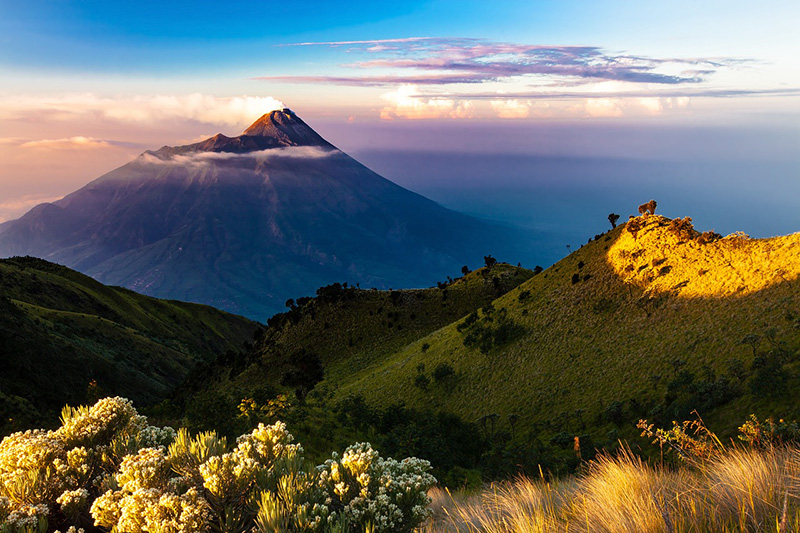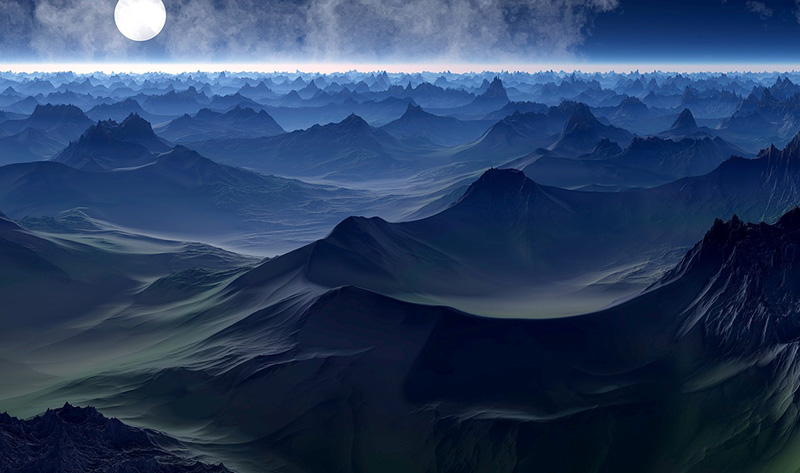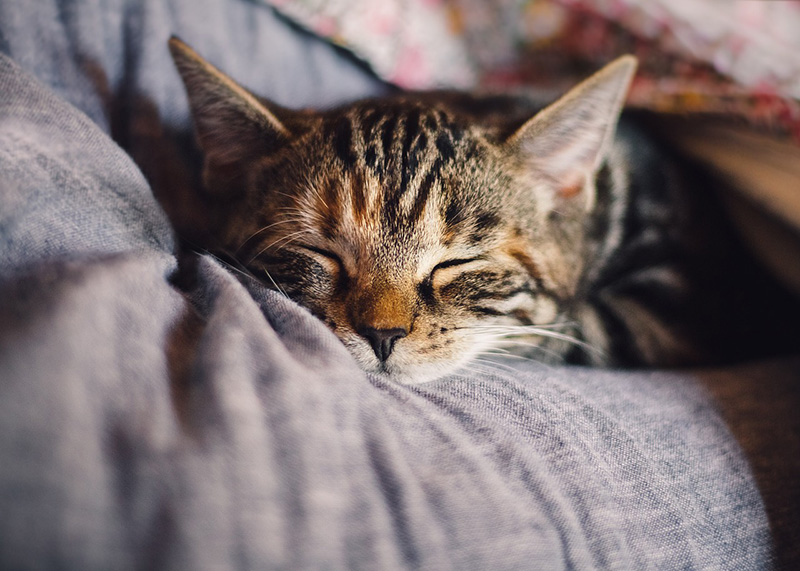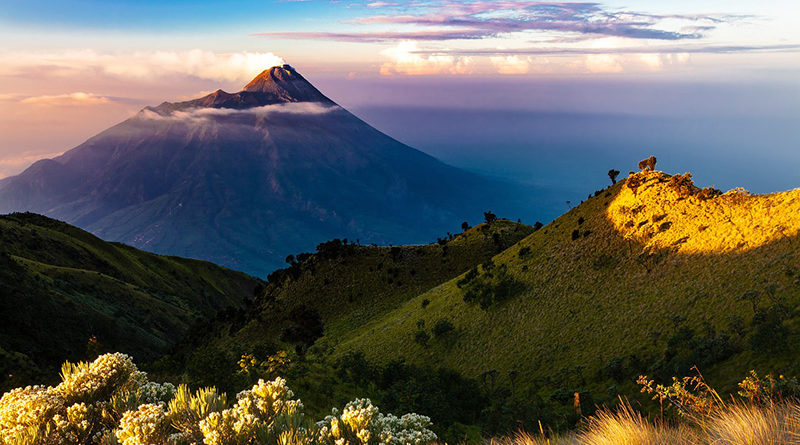The Hell That Is Sourcing Stock Images
I am so thankful for the existence of free image and royalty-free stock image websites exist. Because without them, I don’t know what I’d do. Why? Because a lot of people forget that images are made and sometimes belong to people. Images, just like music and TV and things like that, have usage rights and licenses. And those usage rights can vary greatly. You do a Google Image search, you’ll find a bunch of images for pretty much anything and everything. But depending on the image, who it belongs to and where it’s hosted, you can’t just use an image however you want.
In fact, using an image without the correct permissions can be a really, really bad thing. About a year ago, I got a DMCA take down notice for an image of a chocolate bar because a client had uploaded a picture of said chocolate bar from Flickr onto their blog and hadn’t asked for permission, nor had they credited the image’s creator. It was an easy fix, I simply removed the image and deleted it from the website, but I was lucky that it had JUST been a picture of some chocolate and that it was just someone who wanted their picture removed.

But that’s small fry. Image piracy is an easy thing to do even by accident, and some companies can be incredibly trigger-happy with their lawyers. A huge example of this is the conflict between Getty Images and Google. Most stock image sites have searchable images, but Getty Images accused Google of enabling piracy simply because you could grab an image without ever visiting the website the image came from. The majority of other stock image sites tend to use watermarks on their images, but the images Google ere grabbing from Getty were full-sized images, allowing people to nab them.
Sure, there’s a filter that’s supposed to sort images by usage rights, but it’s not accurate at all. Very often you’ll get images from Wiki Commons or Flickr which allow you to use an image ONLY if you credit it. Which is fair, but it’s also deceiving because you need to visit the website itself to know that.
A quick aside here, that whole situation wasn’t completely Google’s fault. You can access literally any image on the internet if you 1. have permission to and 2. have a direct URL to it. All Google was doing was giving users a direct URL, but you can still find said URL with ease.

Anyway, back to stock images. Stock images are great. Because not everyone can go to Antarctica for example and take a picture of a polar bear. Stock images generally allow you to use an image as if it belonged to you, on the condition that you don’t sell the image as a standalone item.
Sounds great, but often you have to pay for these images. After all, how are photographers going to make money?
Well, to be honest, it’s hard to know. According to the FAQ for Adobe Stock Images, you get paid a 35% commission for videos and 33% for images and vector art. You can’t buy individual images on Adobe Stock, but you can get 10 assets a month with one month free trial for… US$29.99. Which works out at $3 an image. Of which the image creator gets one third, assuming someone buys their image. One image on Getty Images costs 1 credit, with 3 credits costing €24 and 60 credits costing €380. They don’t say how much they pay contributors. Shutterstock boasts “Over $500 million paid to contributors since 2003” and that it has “270 million royalty-free images, stock footage clips, and music tracks” but their price plans somewhat vary, with their 50 images a month costing €99, or €1.98 per image, it’s hard to know just how profitable stock photography is for the contributor.
That’s fine and all, but from what I’ve seen, people don’t want to pay for images. And if they do want to pay for images, they tend to just want to buy one or two images and come back for more later when they need them.

That’s where free stock images and public domain images come in. My favourite site for such images is Pixabay, but Pexels also has a good collection and Dreamstime, a premium stock image site, actually has quite a nice collection of free images too. It’s worth noting that there is a difference between free to use stock images and public domain images. I’ve mentioned Morguefile in the past and looking at the images there compared to the sites mentioned above, there is a HUGE variation of quality.
I mean, most of the photos on Pixabay for example are genuinely very good. But there’s also a lot of images that are a bit off, or are obviously photoshopped or edited. That’s fine, I can deal with that. The issue is that you also get a lot of ‘remixes’, people combining other free-to-use images to make more images and then uploading those as free to use. That’s also fine, but said remixes can heavily pollute an image search.
Still, I’d be at a complete loss without these sites. Which is why I try to donate to them when I can.
Until I’m rich enough to pay for every image I’ve used, all I can do is recommend these sites to the rest of you, because it’s worth at least having a look. You never know what you’ll find.
